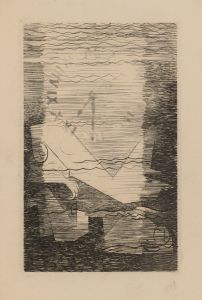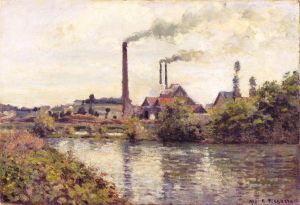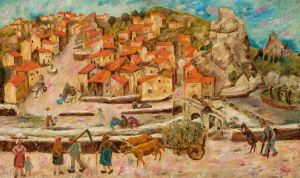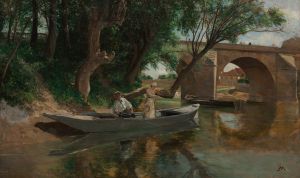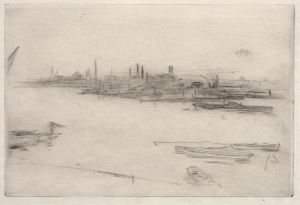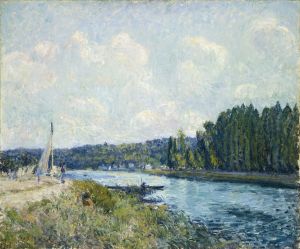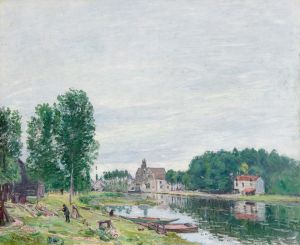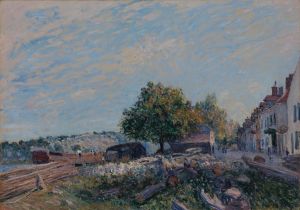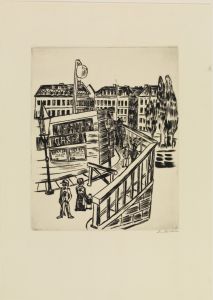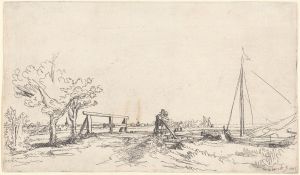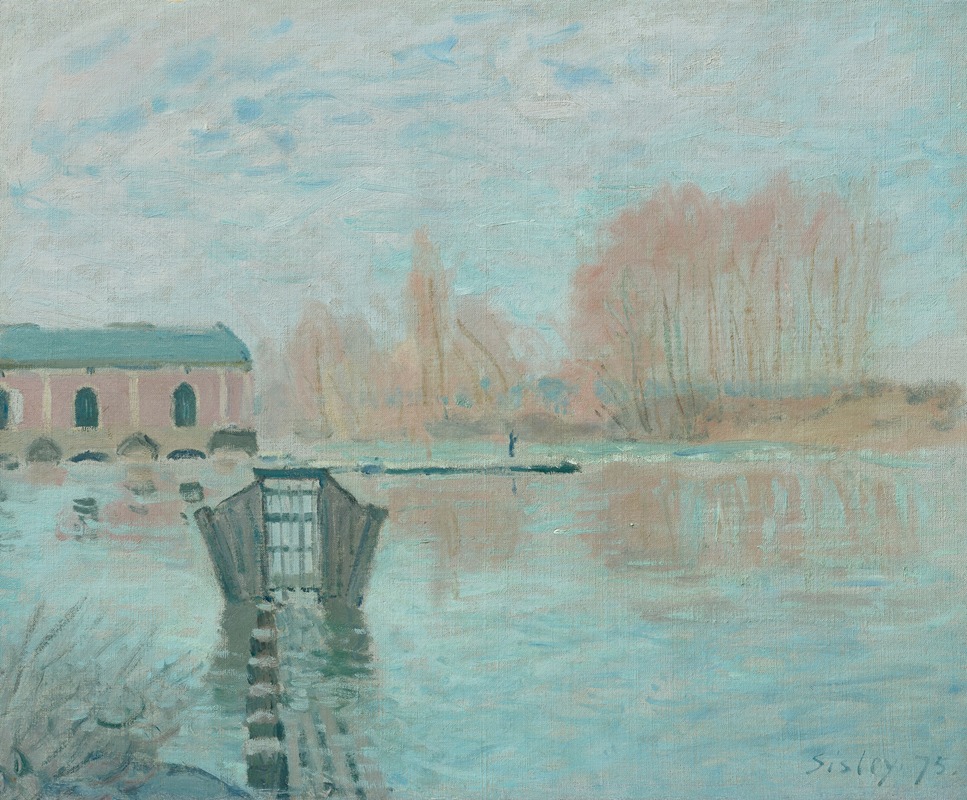
La Machine de Marly et le barrage, Bougival
A hand-painted replica of Alfred Sisley’s masterpiece La Machine de Marly et le barrage, Bougival, meticulously crafted by professional artists to capture the true essence of the original. Each piece is created with museum-quality canvas and rare mineral pigments, carefully painted by experienced artists with delicate brushstrokes and rich, layered colors to perfectly recreate the texture of the original artwork. Unlike machine-printed reproductions, this hand-painted version brings the painting to life, infused with the artist’s emotions and skill in every stroke. Whether for personal collection or home decoration, it instantly elevates the artistic atmosphere of any space.
Alfred Sisley, a prominent figure in the Impressionist movement, painted La Machine de Marly et le barrage, Bougival in 1873. This artwork depicts a view of the Machine de Marly, a historic hydraulic system located near Bougival, France, along with the nearby dam. The Machine de Marly was originally constructed in the 17th century under the reign of Louis XIV to pump water from the Seine River to supply the fountains of the Palace of Versailles. By the 19th century, it had become an iconic structure, symbolizing both technological innovation and the industrial transformation of the French landscape.
Sisley, known for his dedication to plein air painting, captured the scene with his characteristic focus on light, atmosphere, and the interplay of natural and man-made elements. The painting reflects the Impressionist interest in modernity and the changing environment, as well as the movement's emphasis on capturing fleeting moments and the effects of light on water and structures. The Seine River, a recurring subject in Sisley's work, serves as a central element in this composition, with its reflective surface and dynamic flow adding a sense of movement to the scene.
The painting is notable for its subtle color palette, dominated by soft blues, greens, and earthy tones, which convey a tranquil yet industrious atmosphere. Sisley's brushwork is loose and fluid, typical of the Impressionist style, allowing the viewer to sense the immediacy of the scene while also appreciating its harmonious composition. The inclusion of the dam and the Machine de Marly highlights the coexistence of nature and human engineering, a theme that Sisley explored in several of his works.
La Machine de Marly et le barrage, Bougival is one of many paintings Sisley created in the Bougival area, a region that attracted numerous Impressionist painters due to its picturesque landscapes and proximity to Paris. The painting is now recognized as an important example of Sisley's ability to merge the natural and industrial worlds in his art, offering a glimpse into the evolving relationship between humanity and the environment during the late 19th century.
The current location of the painting is not definitively documented in public records, but it remains a significant piece within Sisley's oeuvre and the broader context of Impressionist art.





